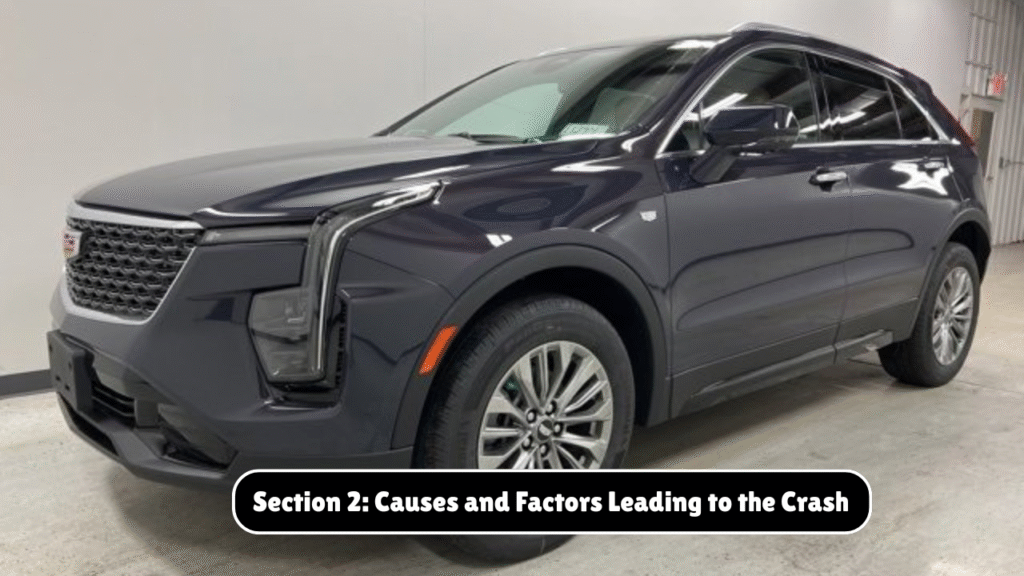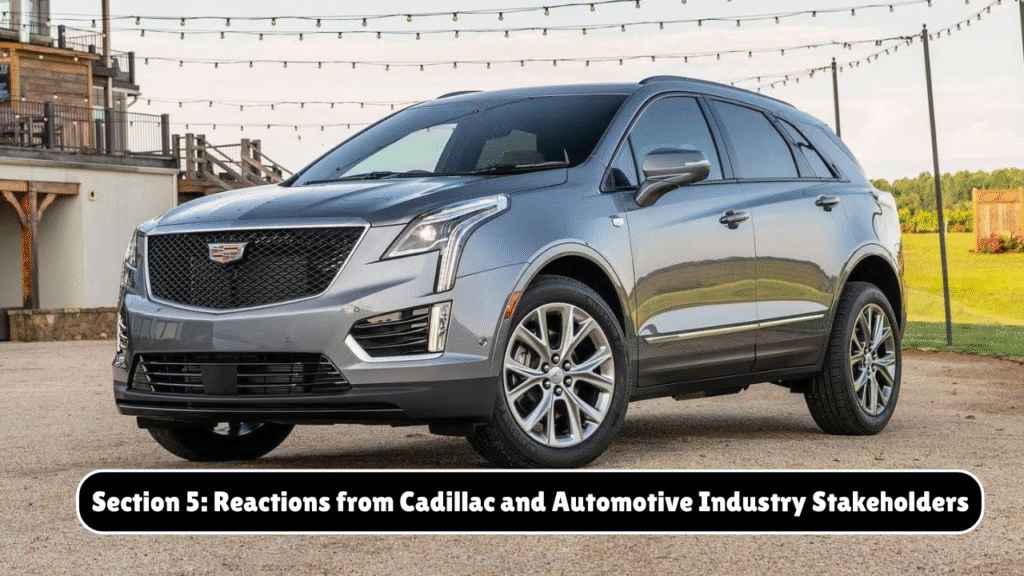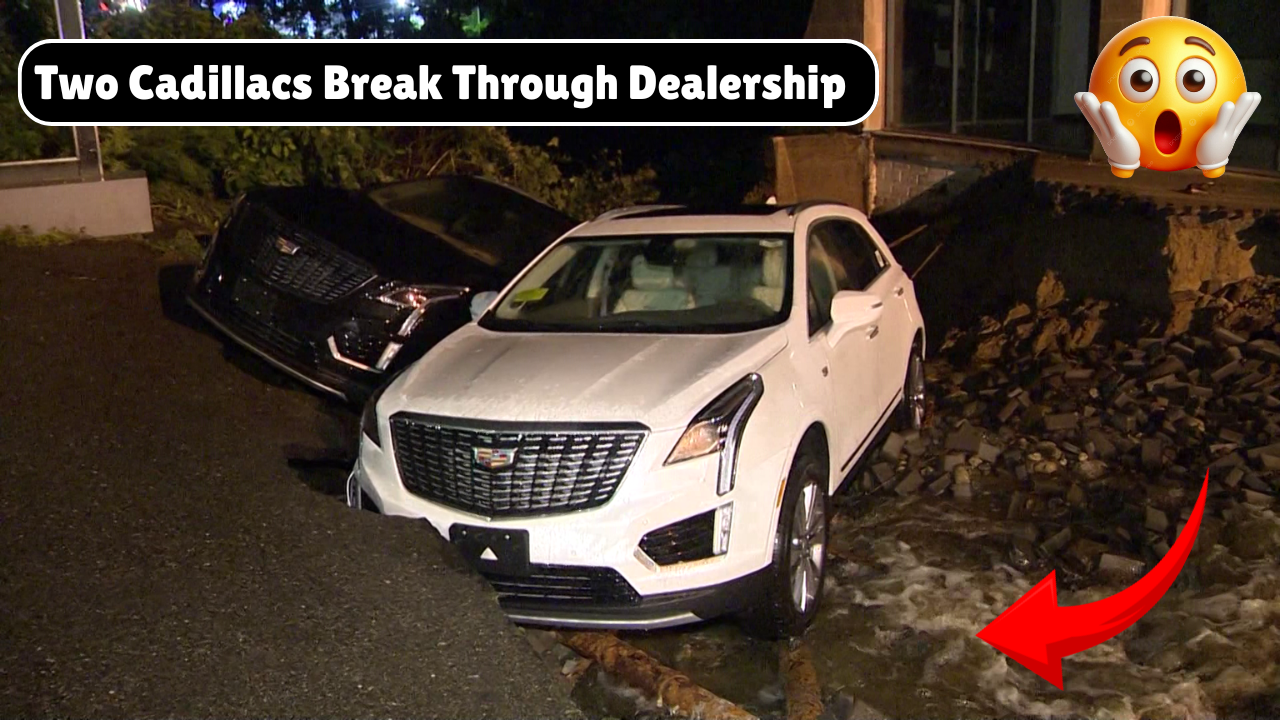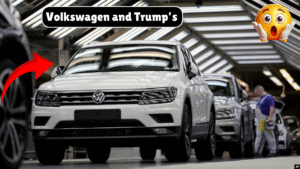Introduction
In a shocking turn of events, two Cadillacs crashed through the window of a car dealership, creating a dramatic scene that caught the attention of both local authorities and the public. This unusual incident, which took place at a Cadillac dealership, has left many wondering about the circumstances leading up to it, the aftermath, and the broader implications for car dealerships and their safety protocols.
In this article, we will analyze the details of the crash, explore the causes behind such an event, look into the potential impact on the dealership’s reputation and business operations, and delve into broader safety concerns for car showrooms. The goal is to provide a thorough understanding of what happened, why it occurred, and how dealerships can prevent similar events in the future.
Section 1: The Incident: What Happened?
The two Cadillacs, a pair of luxury vehicles, crashed through the dealership window, causing significant damage to both the cars and the building. To understand the full impact of this event, it’s important to break down the sequence of events leading to the crash and the aftermath.
- Timeline of Events
- The specific date and time of the incident
- Where it occurred: dealership location and surroundings
- Initial reactions and emergency response
- Details of the Crash
- What led to the two Cadillacs crashing through the window?
- Were the vehicles in motion, or was the incident related to mechanical failure or user error?
- Any injuries or fatalities reported?
- How was the damage to the dealership and vehicles assessed?
- Witness Accounts and Video Footage
- Eyewitness testimony and reactions
- Availability of surveillance or dashcam footage
- Reactions from employees, customers, and onlookers

Section 2: Causes and Factors Leading to the Crash
Understanding why and how this incident occurred is crucial in preventing future accidents. Several factors might have played a role in the crash, ranging from mechanical issues to human error and external influences.
- Mechanical Failures and Vehicle Malfunctions
- Could the vehicles have experienced mechanical failure?
- A closer look at the vehicle models involved (e.g., recent recalls, reports of issues)
- Driver Error and Responsibility
- Was driver error a contributing factor?
- Possible distractions, negligence, or misjudgments made by the individuals involved
- Investigations into whether the drivers were impaired or if there was a lack of control during the incident
- External Factors
- Weather conditions, visibility, or external obstacles that could have played a role
- Was there any interference or obstruction in the dealership that contributed to the crash?
Section 3: The Impact on the Dealership
The crash through the dealership window raises questions about the long-term implications for the dealership, both financially and reputationally. This section will explore the effects of the crash on the dealership and the broader Cadillac brand.
- Damage Assessment
- Property damage to the dealership, including windows, structures, and showroom interior
- Damage to the vehicles: repair costs, potential write-offs, and inventory impact
- Costs associated with insurance claims and repairs
- Customer Trust and Business Reputation
- How will the incident affect customer trust and perception of the dealership?
- The role of media coverage and social media in shaping public opinion
- Dealership responses: statements, damage control, and customer outreach
- Insurance and Liability
- Insurance claims and liability issues resulting from the crash
- How dealerships manage risk and protect against accidents like this
- Potential legal outcomes if negligence or liability is determined
- Dealing with Future Incidents
- What measures will the dealership implement to avoid similar accidents?
- Reviewing security protocols, employee training, and showroom design
Section 4: The Role of Technology in Preventing Similar Accidents
In a world where technology increasingly plays a role in safety and security, how can innovations help prevent such incidents in the future? This section will look at the role of advanced technologies in car dealerships and the broader automotive industry to reduce the risk of similar accidents.
- Advanced Driver Assistance Systems (ADAS)
- Technologies in vehicles that can prevent accidents: automatic braking, collision avoidance systems, etc.
- Could these technologies have prevented the crash at the dealership?
- Showroom Design and Safety Protocols
- How can dealerships redesign showrooms to minimize the risk of vehicle accidents?
- The role of barriers, safety equipment, and physical layouts in reducing potential risks
- Security and Surveillance Technologies
- How can surveillance systems improve accountability and ensure safety?
- The importance of having monitoring and alert systems for unexpected events

Section 5: Reactions from Cadillac and Automotive Industry Stakeholders
The reaction from Cadillac and other stakeholders in the automotive industry could offer valuable insights into how the incident affects the brand and dealership partnerships. This section will examine their responses and how similar incidents are handled by large automakers.
- Cadillac’s Response
- Official statements from Cadillac regarding the incident
- Any impact on Cadillac’s public image and consumer confidence
- The Role of Dealership Networks
- How dealership networks handle major incidents involving their brands
- Steps taken to ensure other dealerships avoid similar issues
- Industry-Wide Safety Concerns
- Broader implications for car dealership safety protocols
- Industry trends in showroom security and vehicle safety systems
Conclusion
The crash of two Cadillacs through the dealership window serves as a wake-up call for the automotive industry and dealerships alike. While the incident may have been shocking and unsettling, it provides an opportunity for reflection and growth. Dealerships must look at safety protocols, both in terms of vehicle safety systems and showroom designs, to ensure they are prepared for the unexpected.
The incident also sheds light on the importance of maintaining customer trust, protecting the dealership’s assets, and ensuring that both vehicles and drivers are equipped to avoid accidents in the future. As the automotive industry continues to evolve, we can expect that safety measures in dealerships will become more robust, leveraging technology and innovative practices to prevent such events.
Table: Breakdown of Incident Impact
| Factor | Details |
|---|---|
| Date of Incident | [Insert Date] |
| Location | [Insert Location] |
| Vehicles Involved | Two Cadillacs |
| Damage to Dealership | Windows, structural damage, showroom impact |
| Vehicle Damage | Significant damage to both Cadillacs |
| Injuries | [Insert number of injuries or fatalities] |
| Immediate Response | Emergency services and media coverage |
| Insurance Claims | [Insert details] |
| Reputation Impact | Customer trust, media fallout |
| Liability and Legal Actions | [Insert details if applicable] |
Five FAQs
1. What caused the Cadillacs to crash through the dealership window?
The exact cause of the crash is still under investigation, but factors such as mechanical failure, driver error, or external obstacles may have contributed to the incident.
2. Was anyone injured in the incident?
The details about injuries or fatalities will depend on the specific investigation and report; early reports indicate [insert specific information].
3. How much damage did the crash cause to the dealership?
The dealership suffered significant damage, including broken windows, structural damage, and harm to the showroom interior. The total cost of repairs is yet to be fully assessed.
4. What actions are being taken by the dealership and Cadillac to prevent similar accidents?
The dealership is reviewing its safety protocols and considering showroom design changes to minimize risk, while Cadillac has issued statements addressing the incident and committed to investigating further.
5. Could technology have prevented this incident?
Modern vehicles equipped with advanced driver assistance systems (ADAS) may have been able to prevent such an incident. Additionally, better showroom design and security systems could have mitigated the risk.



